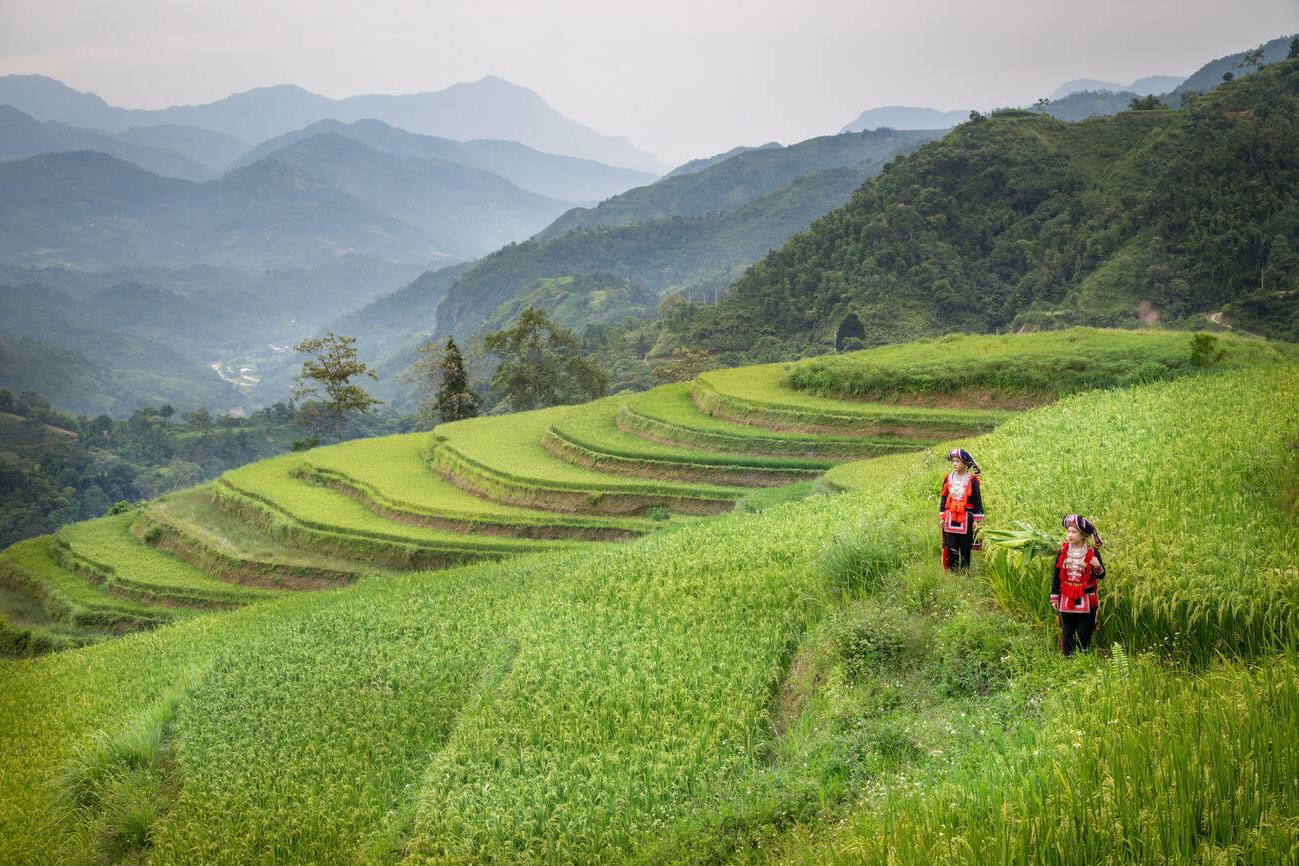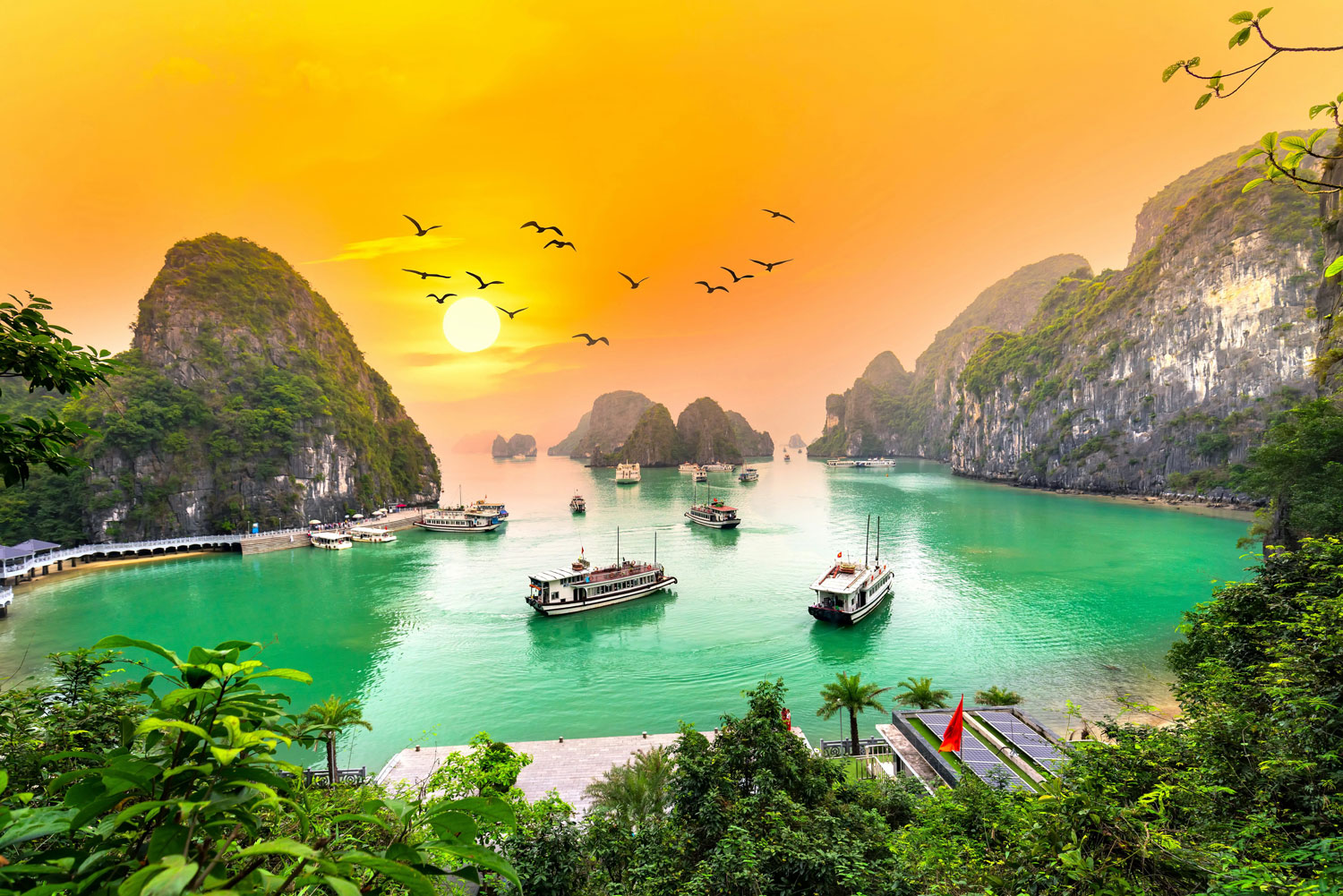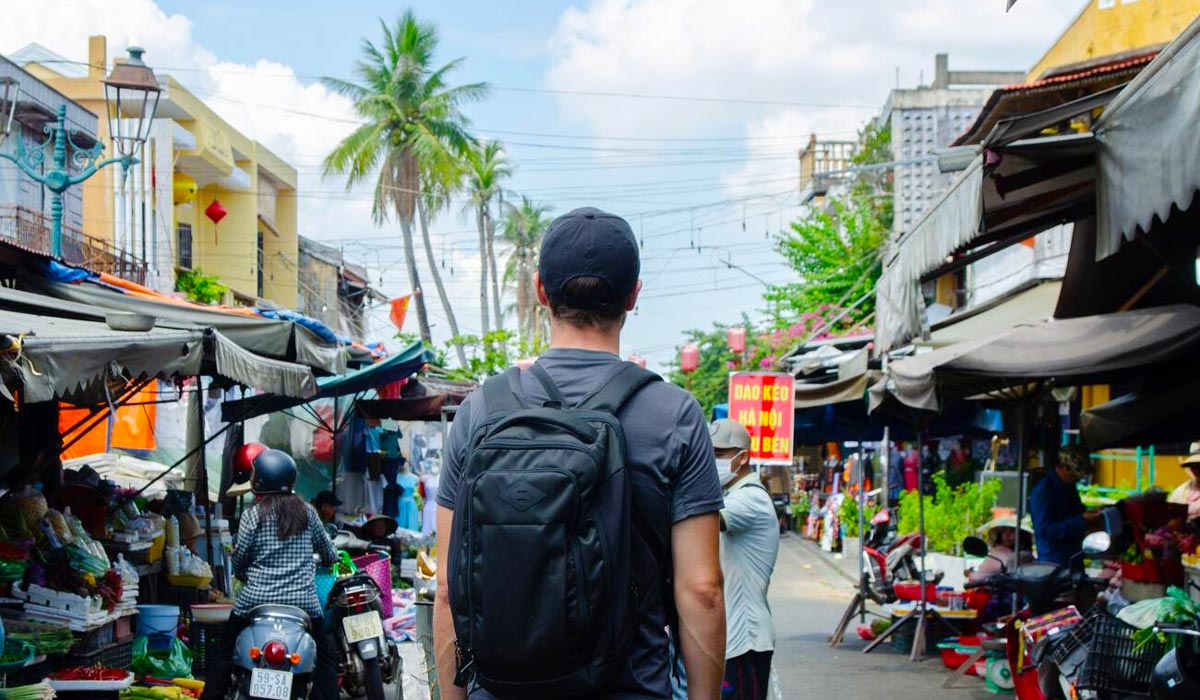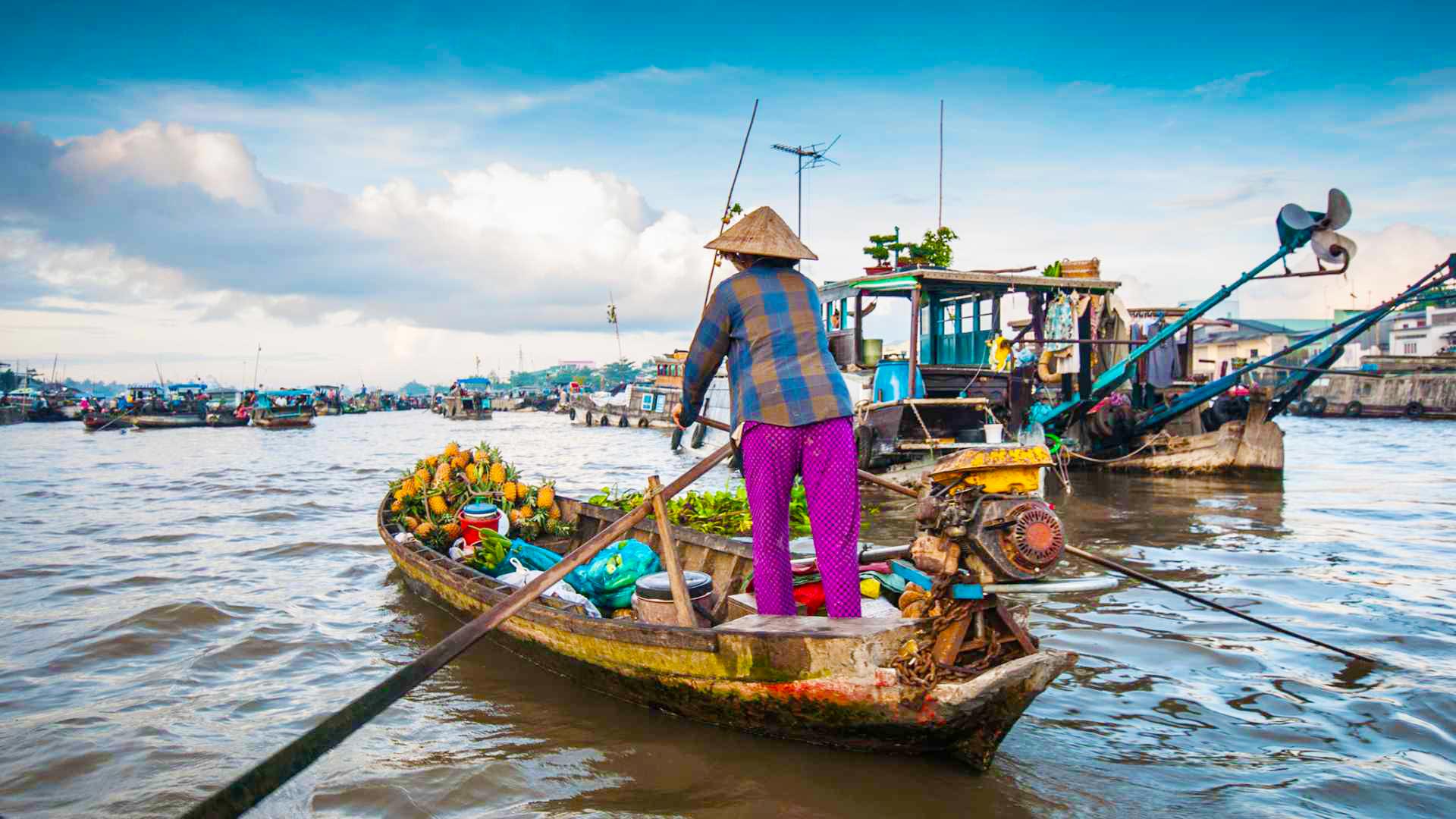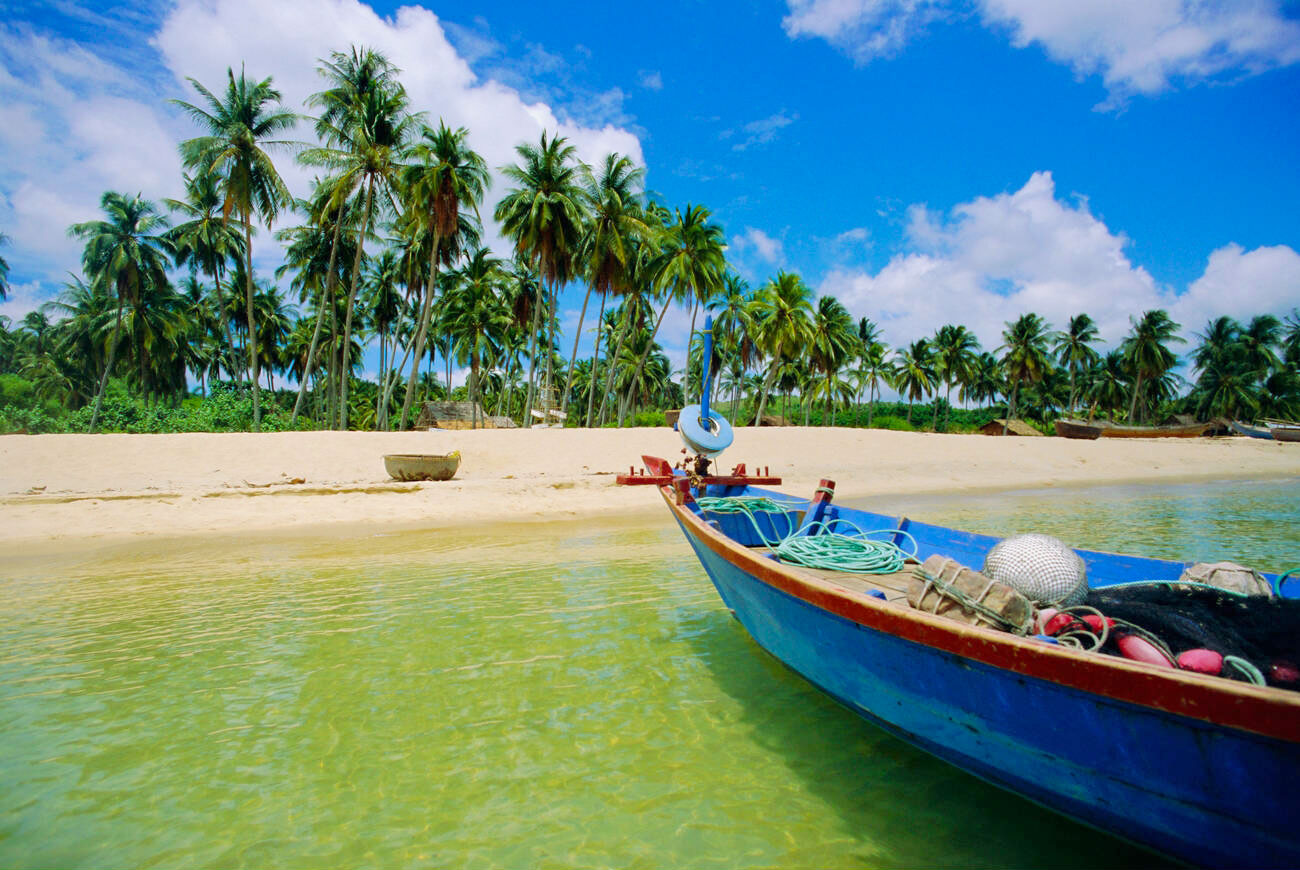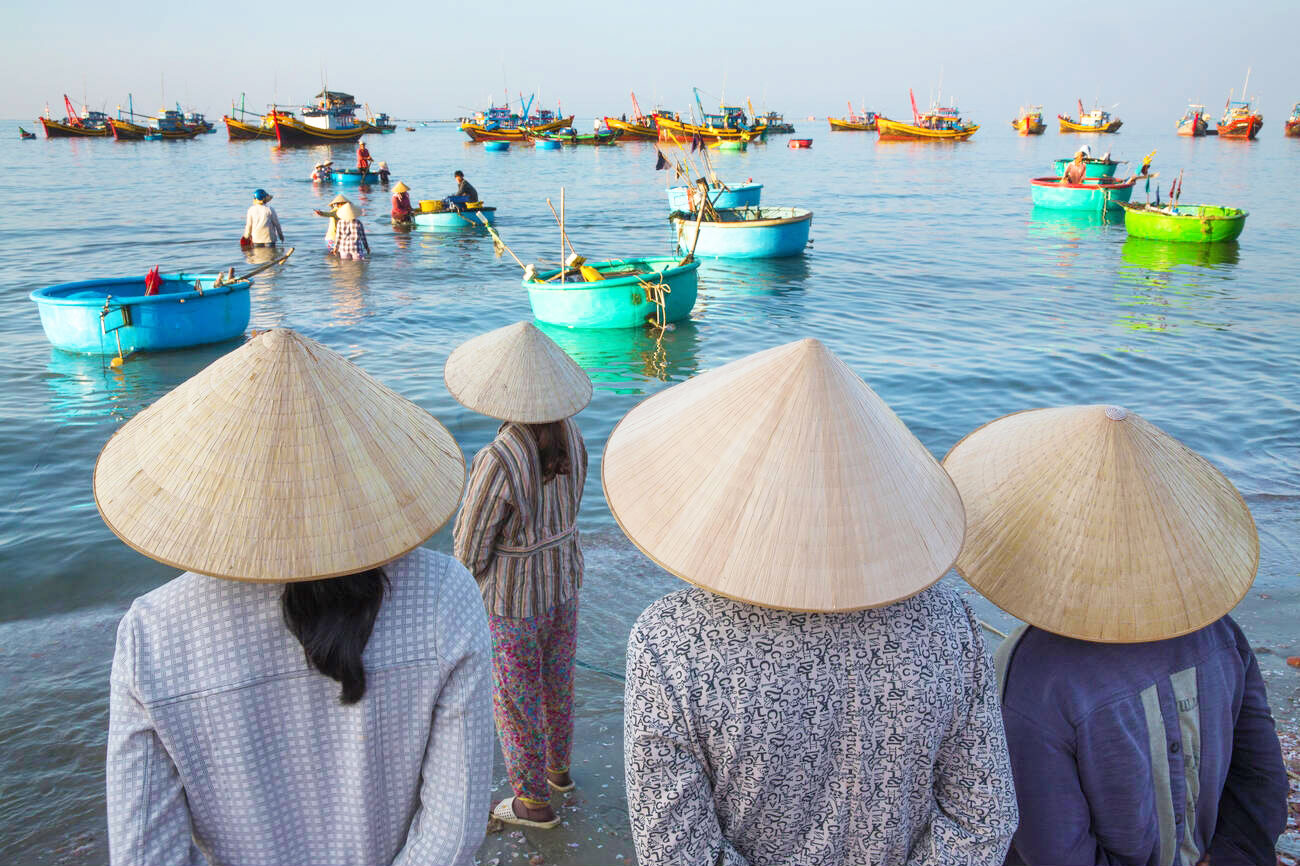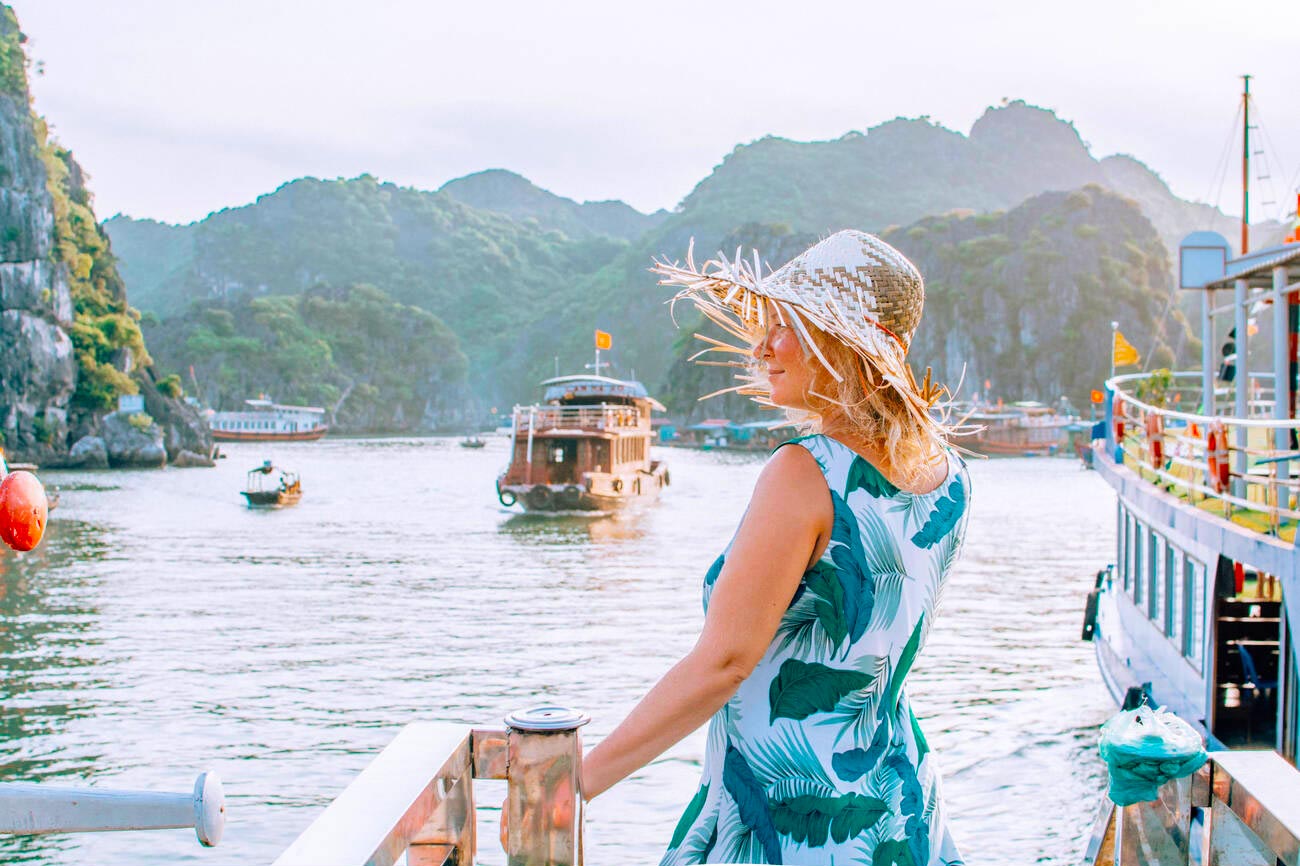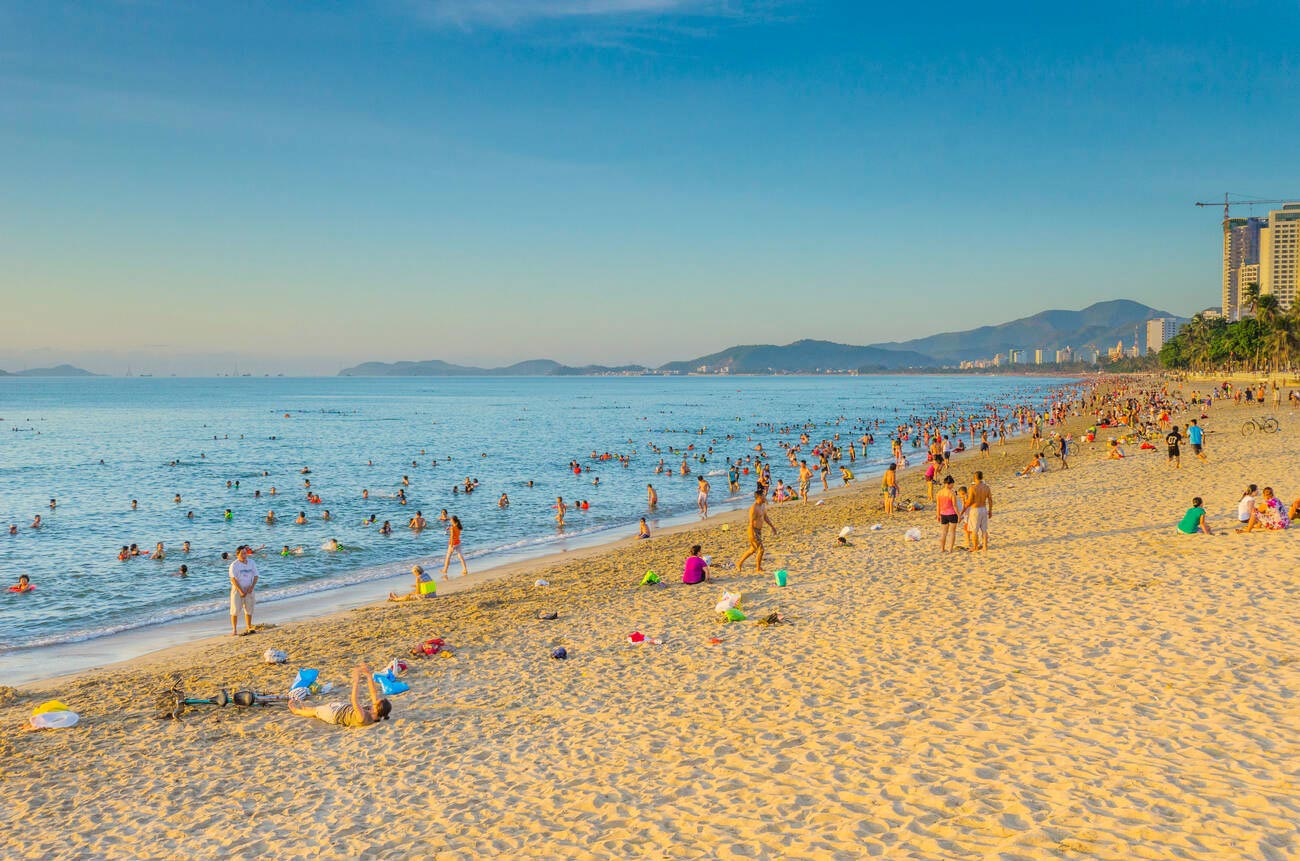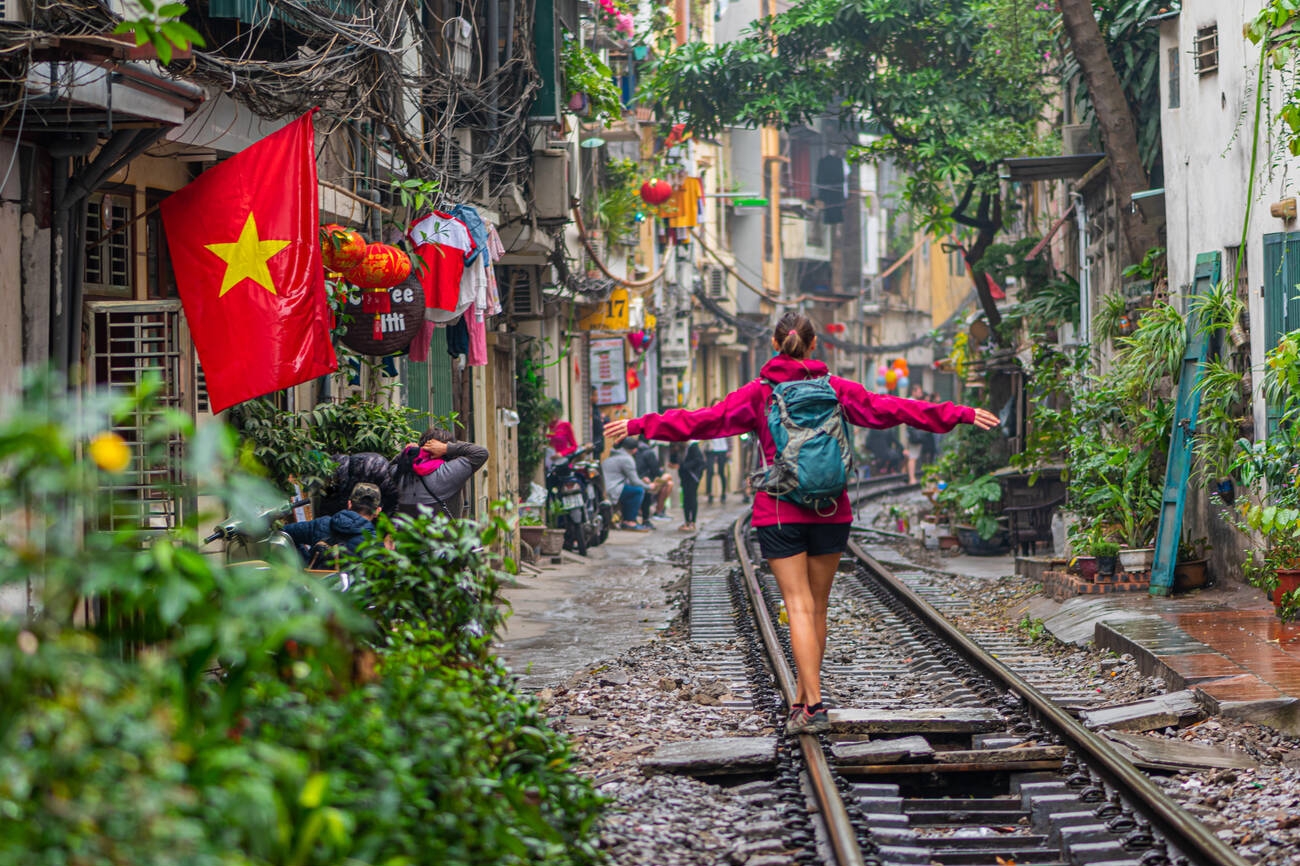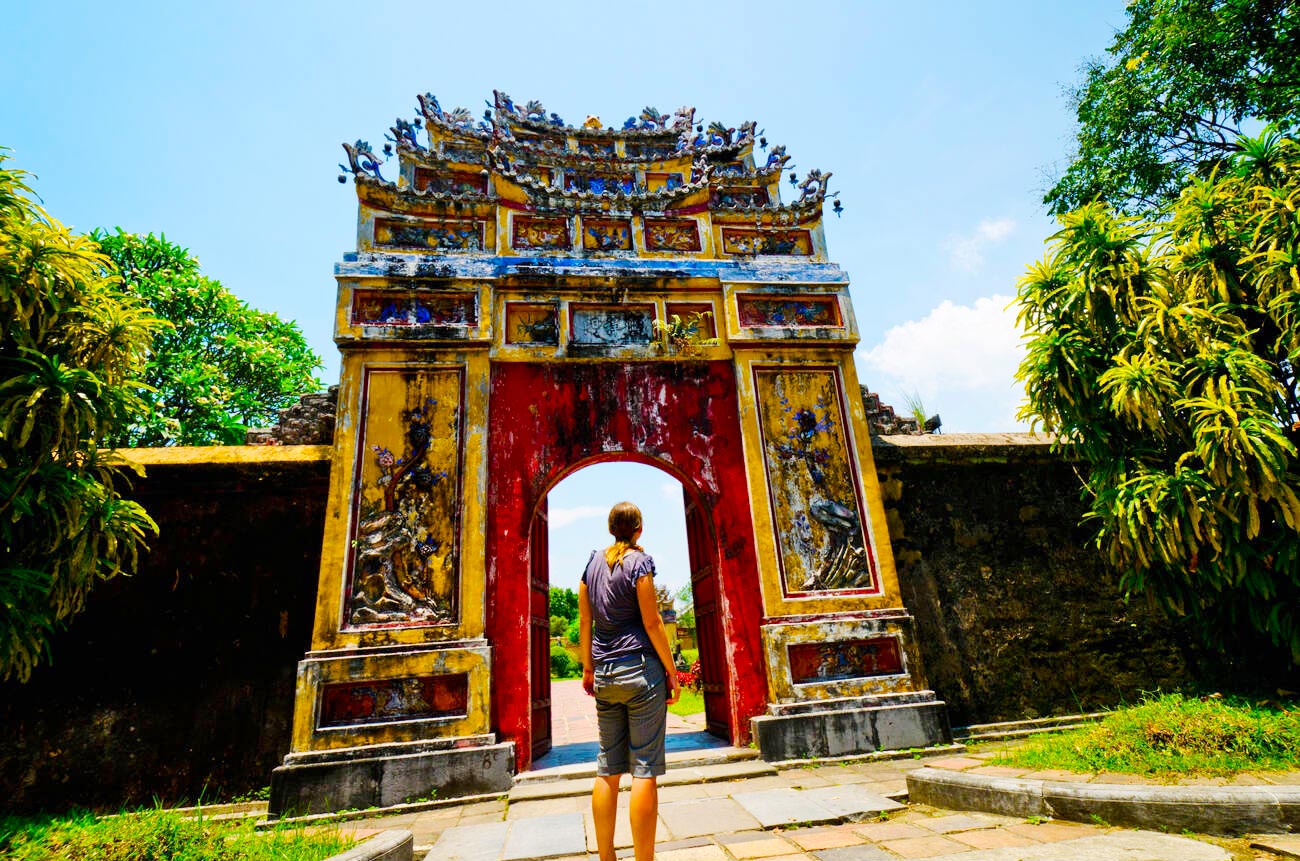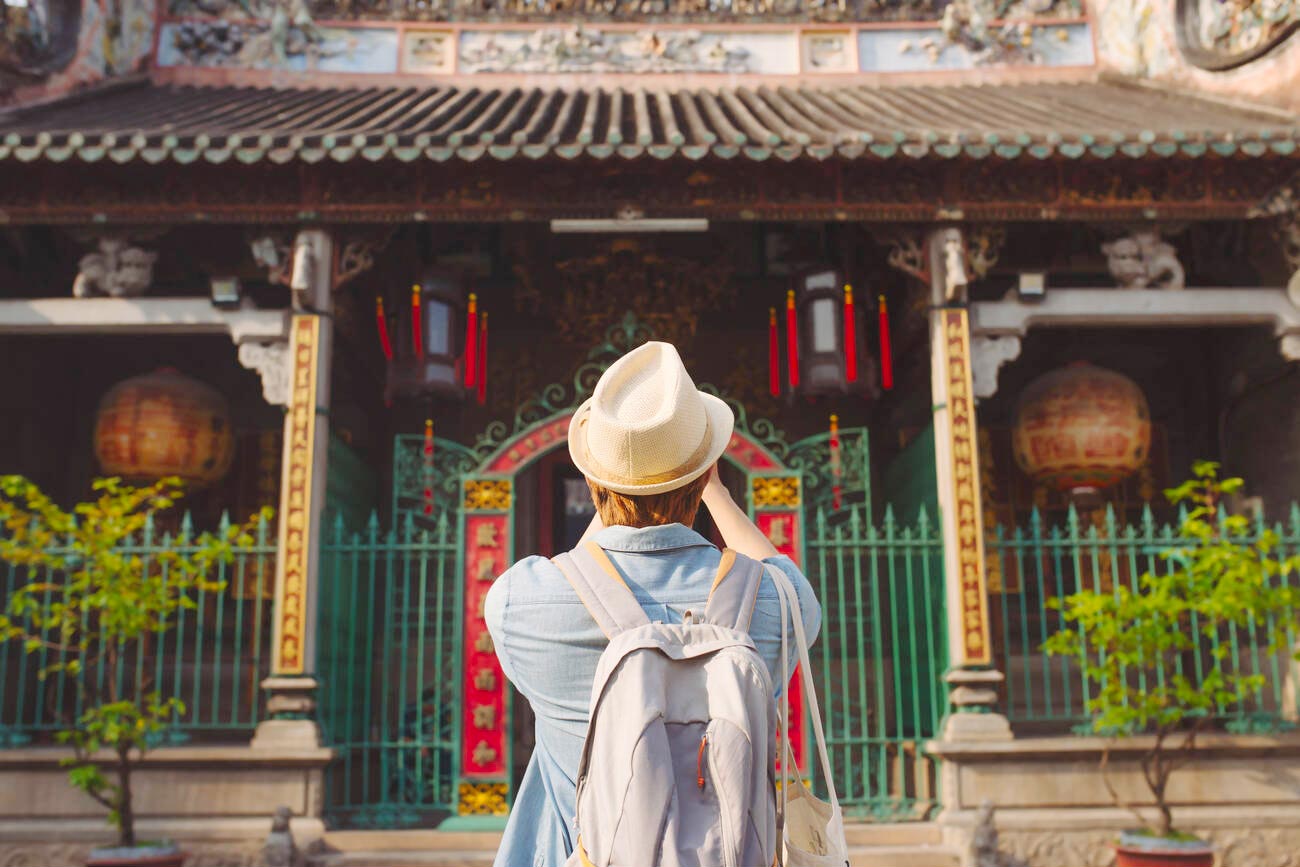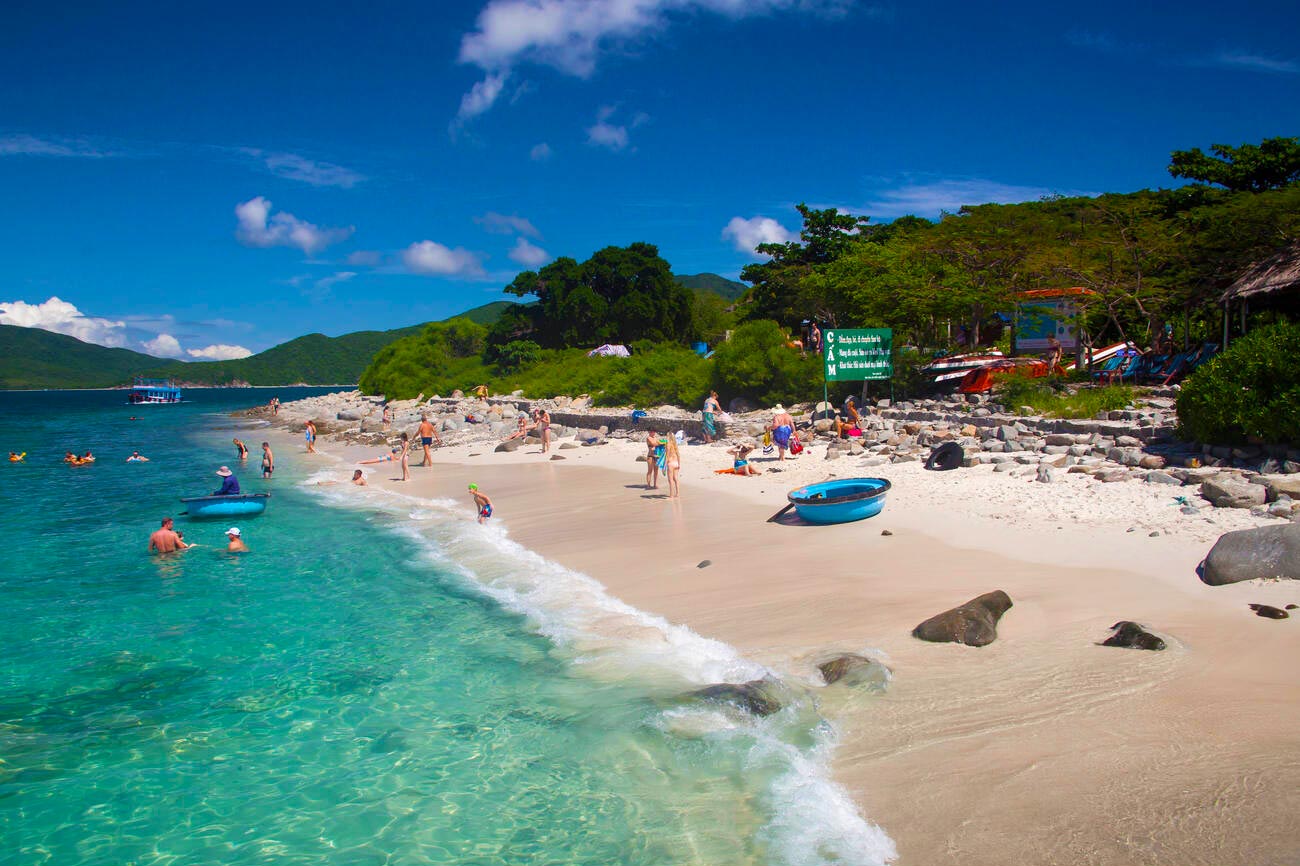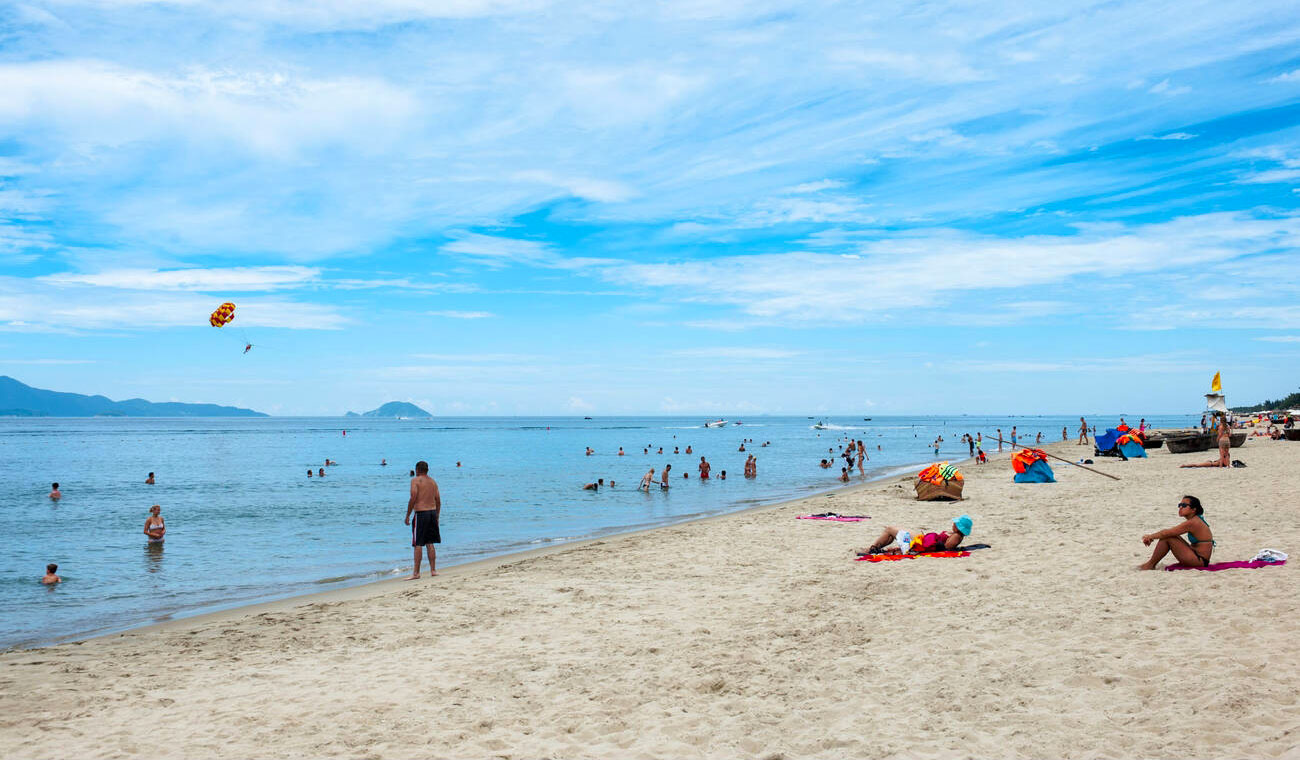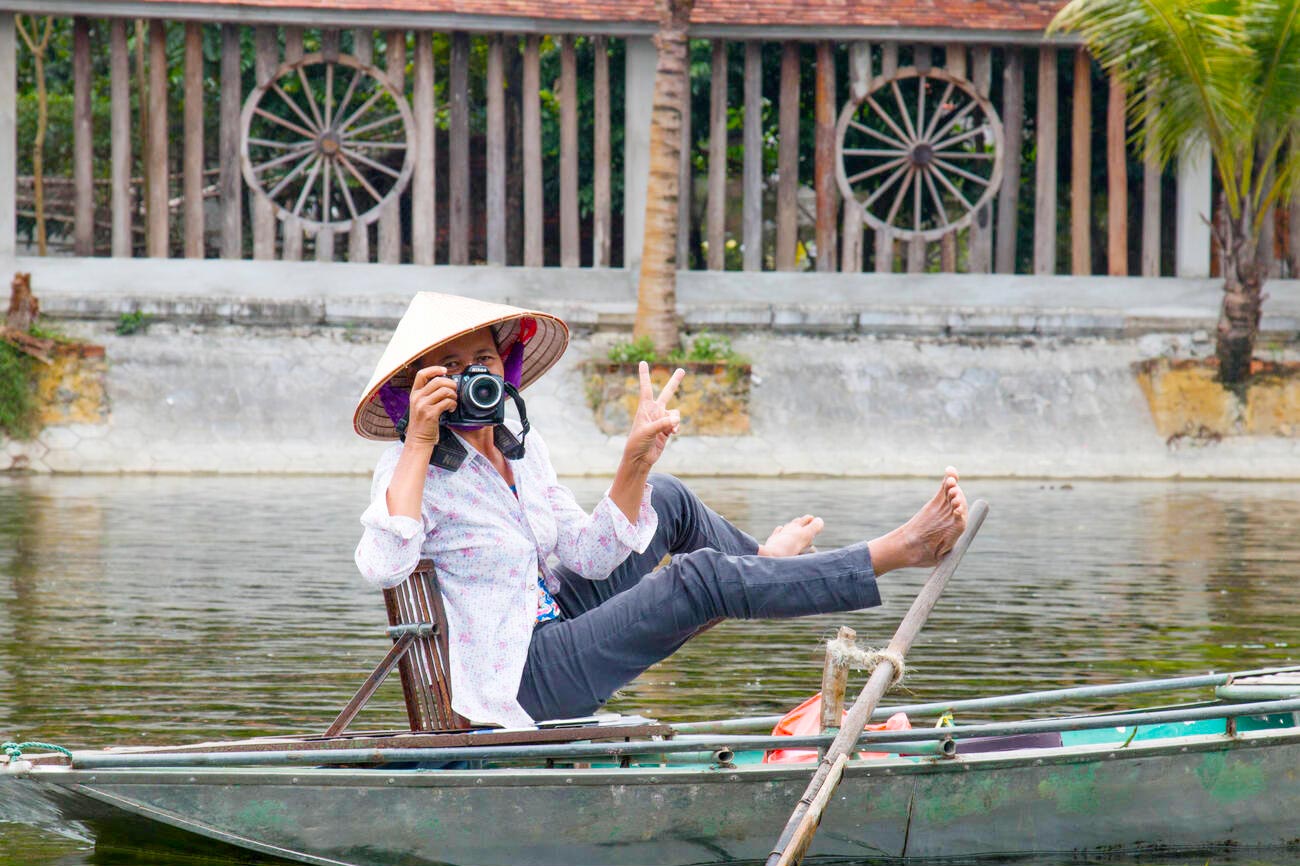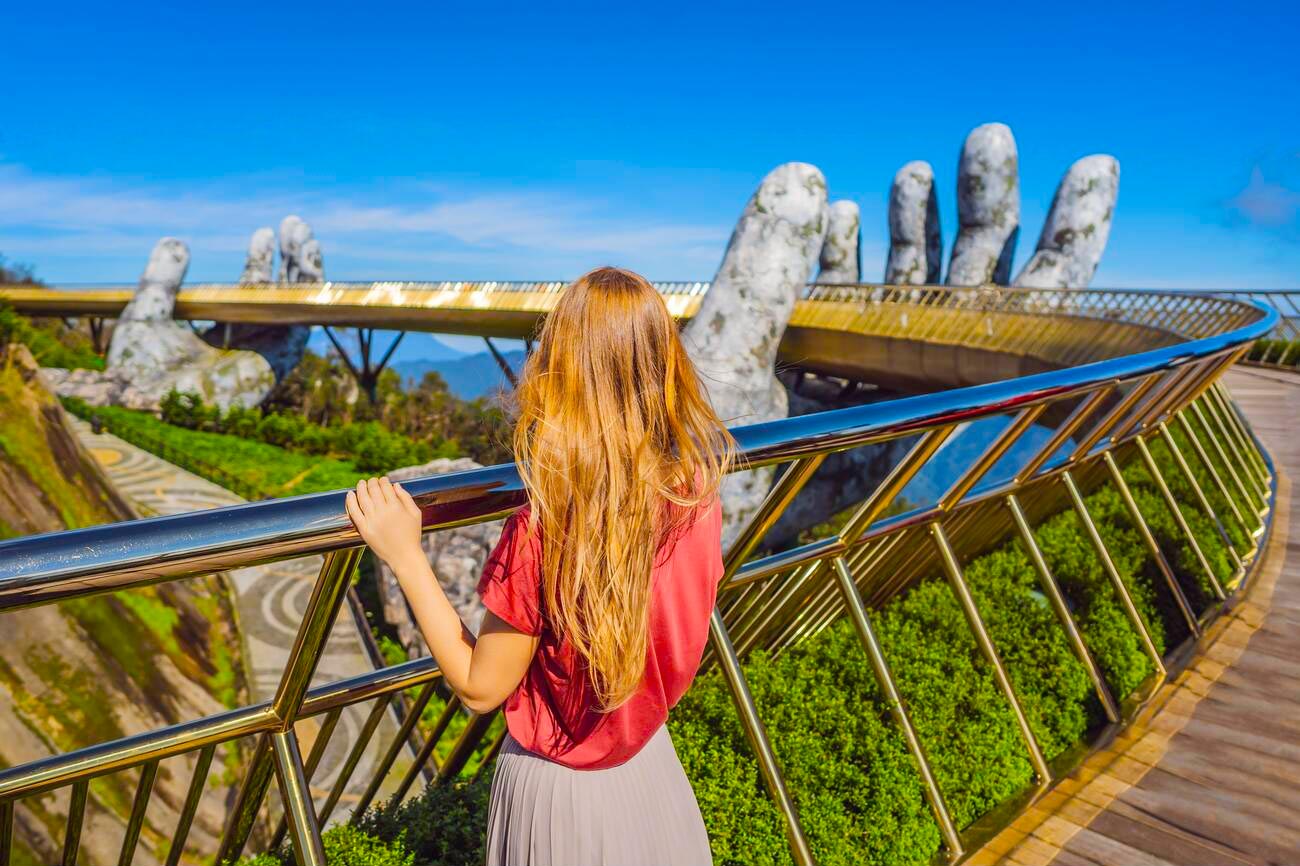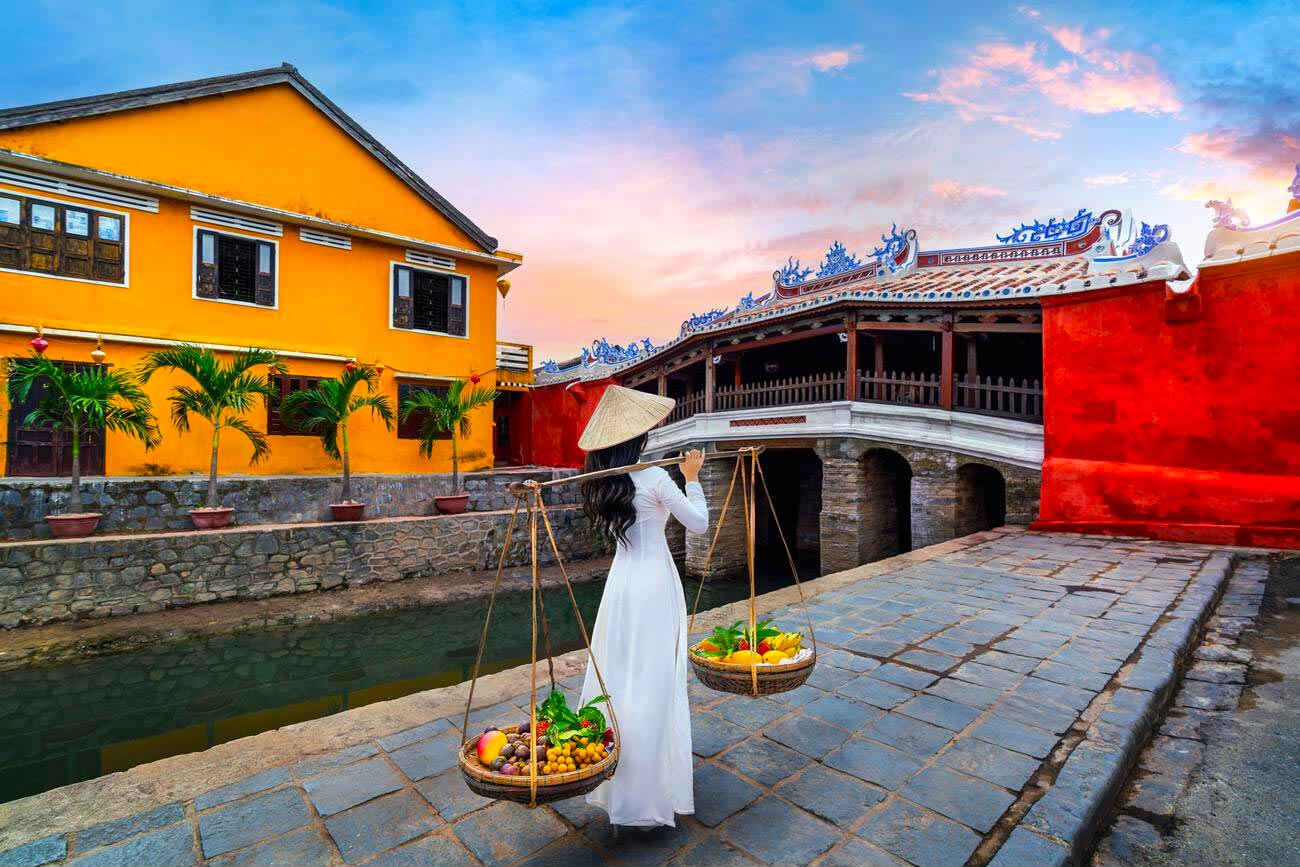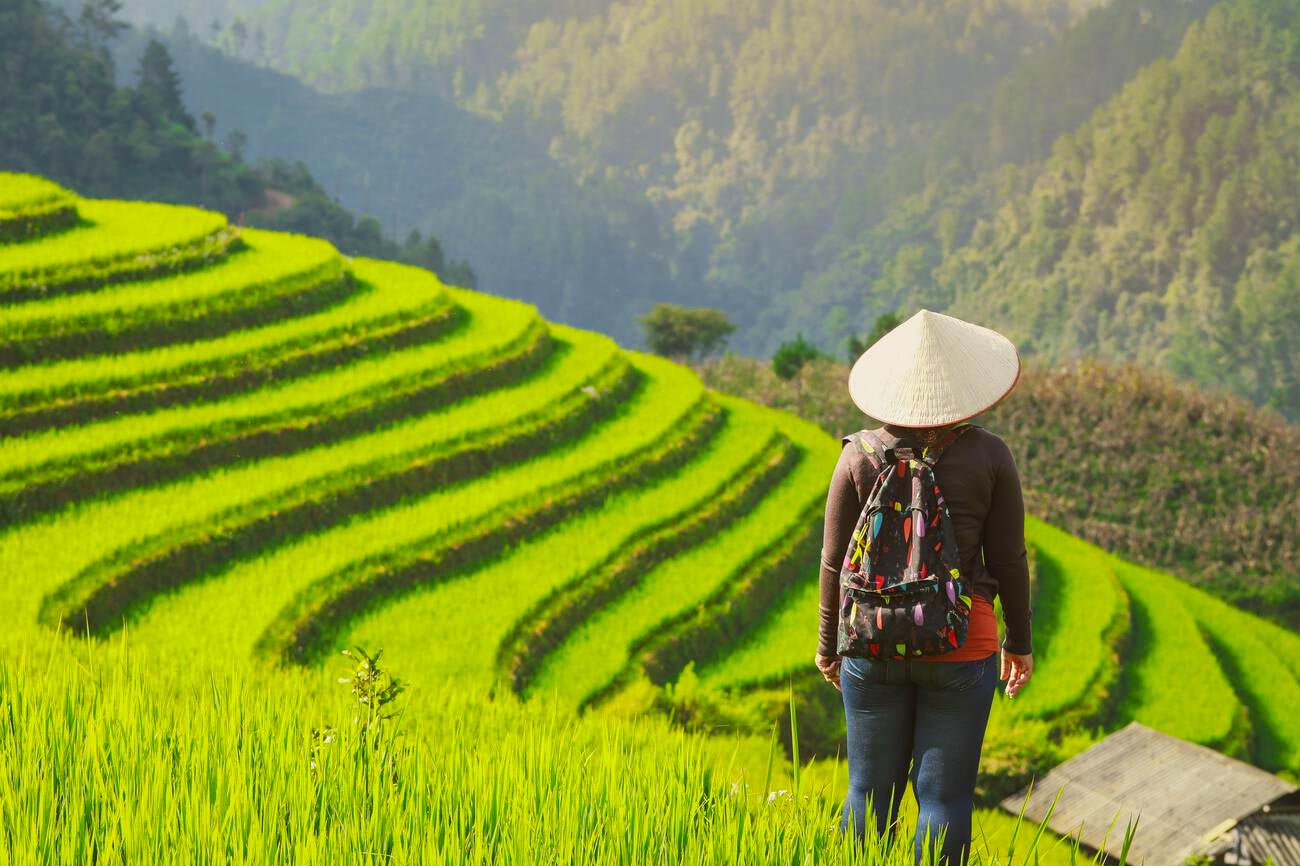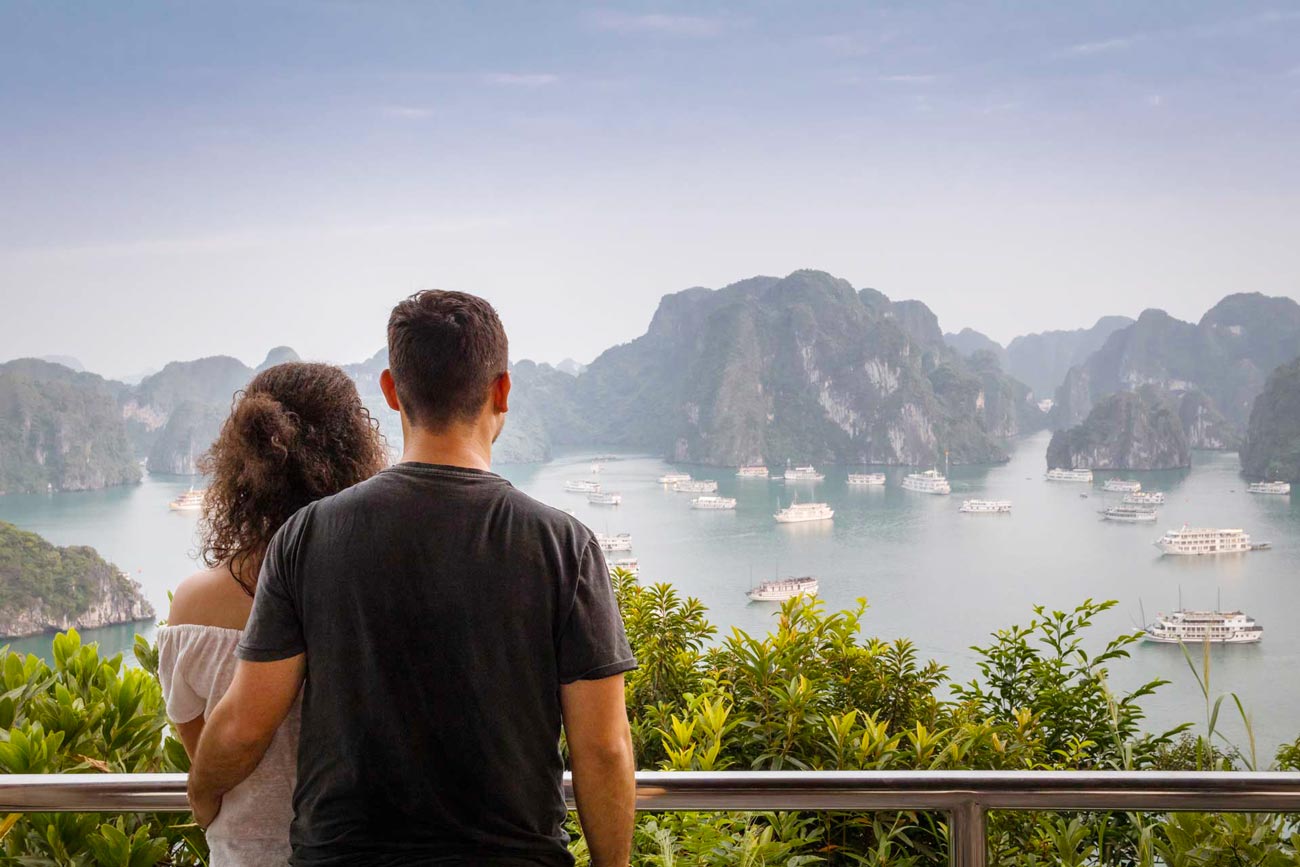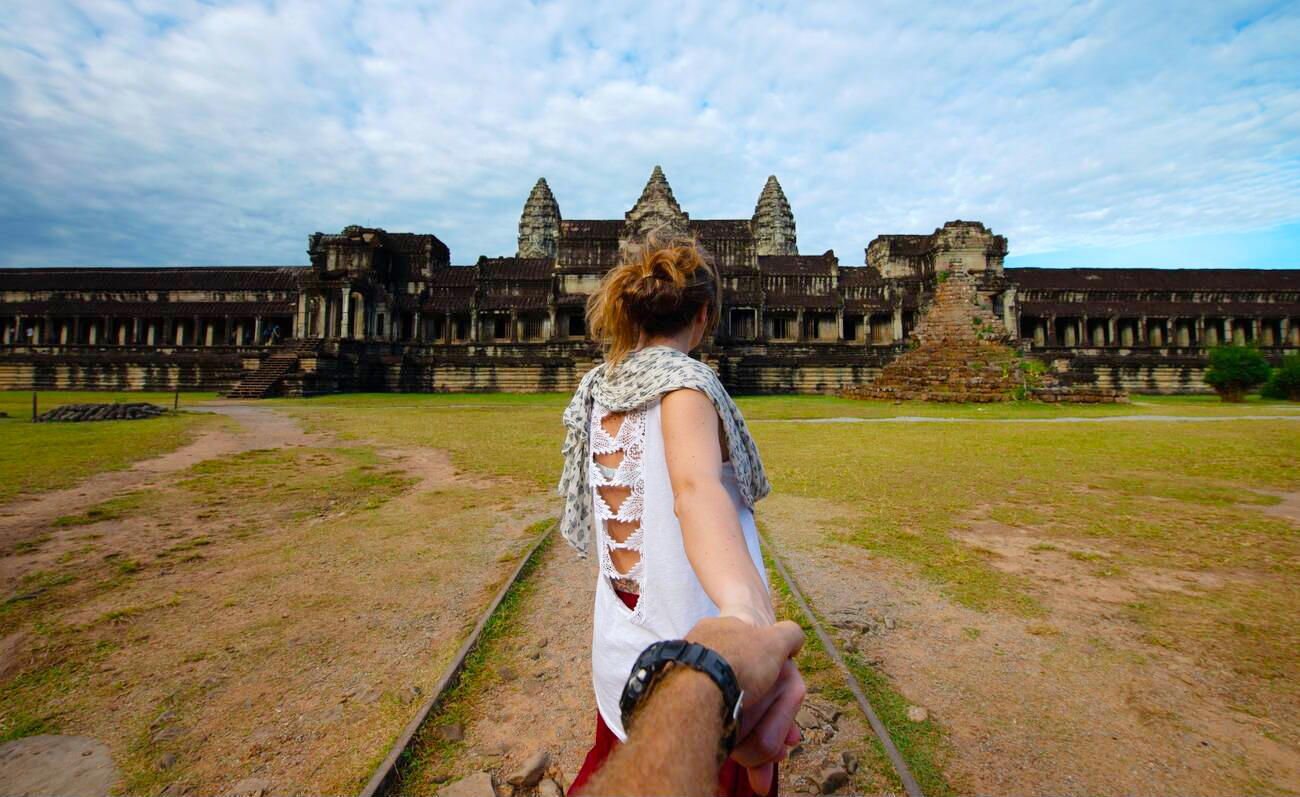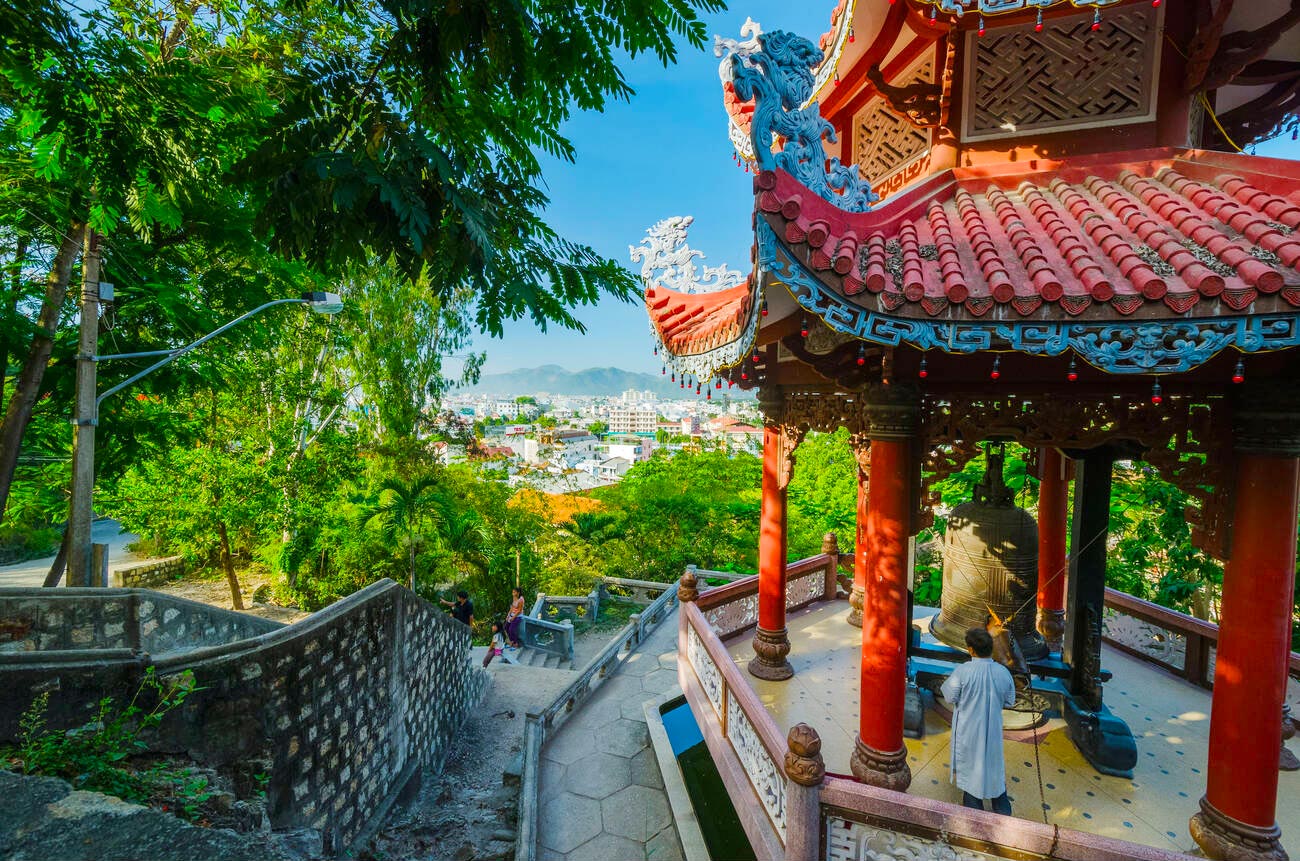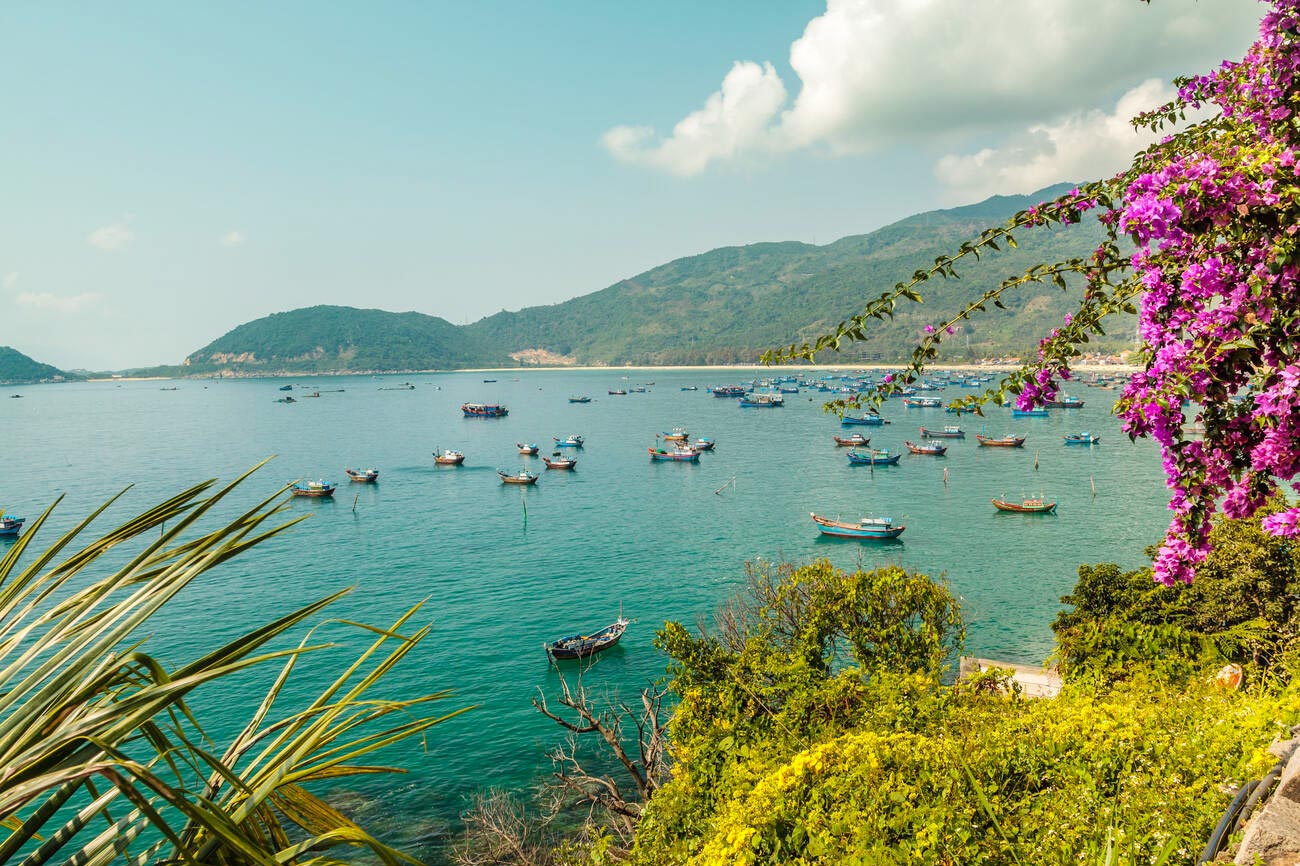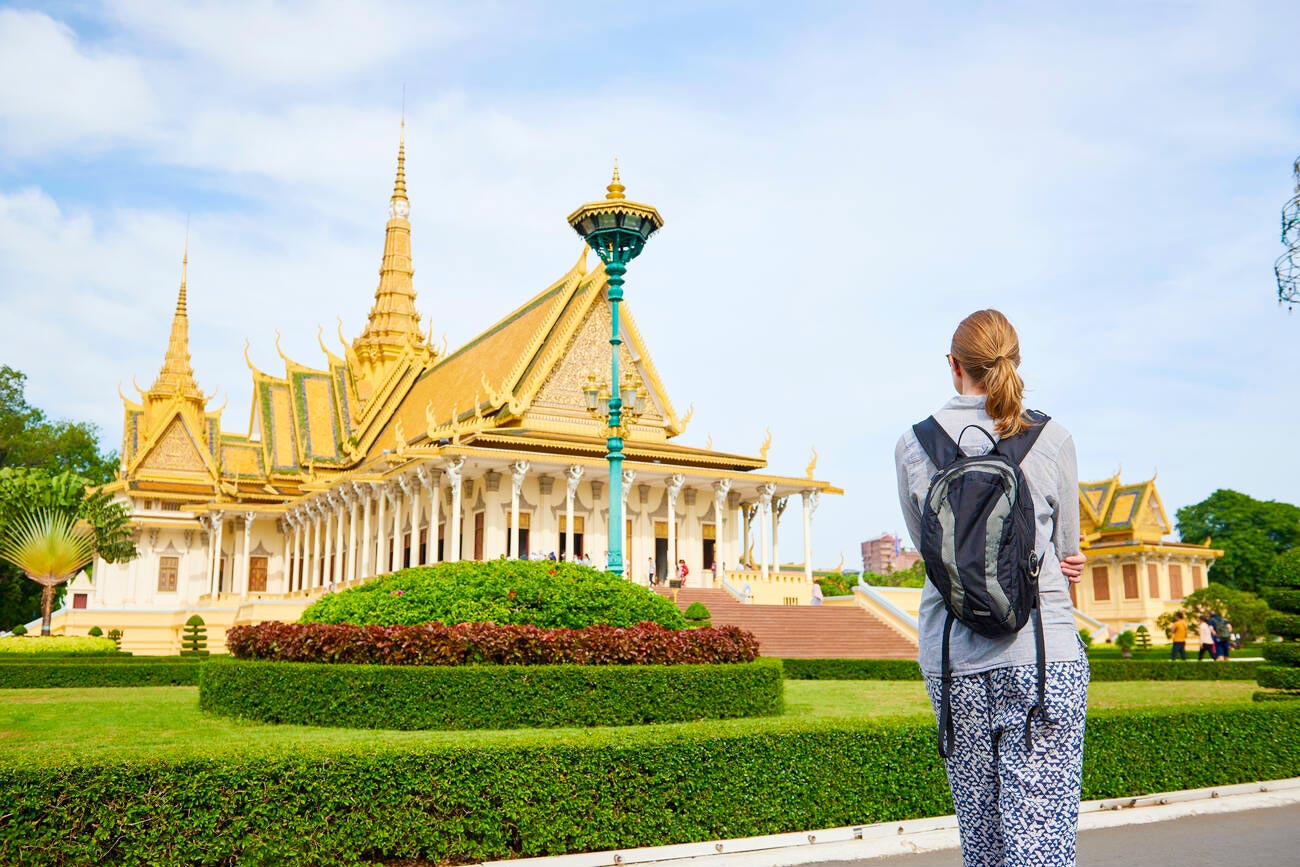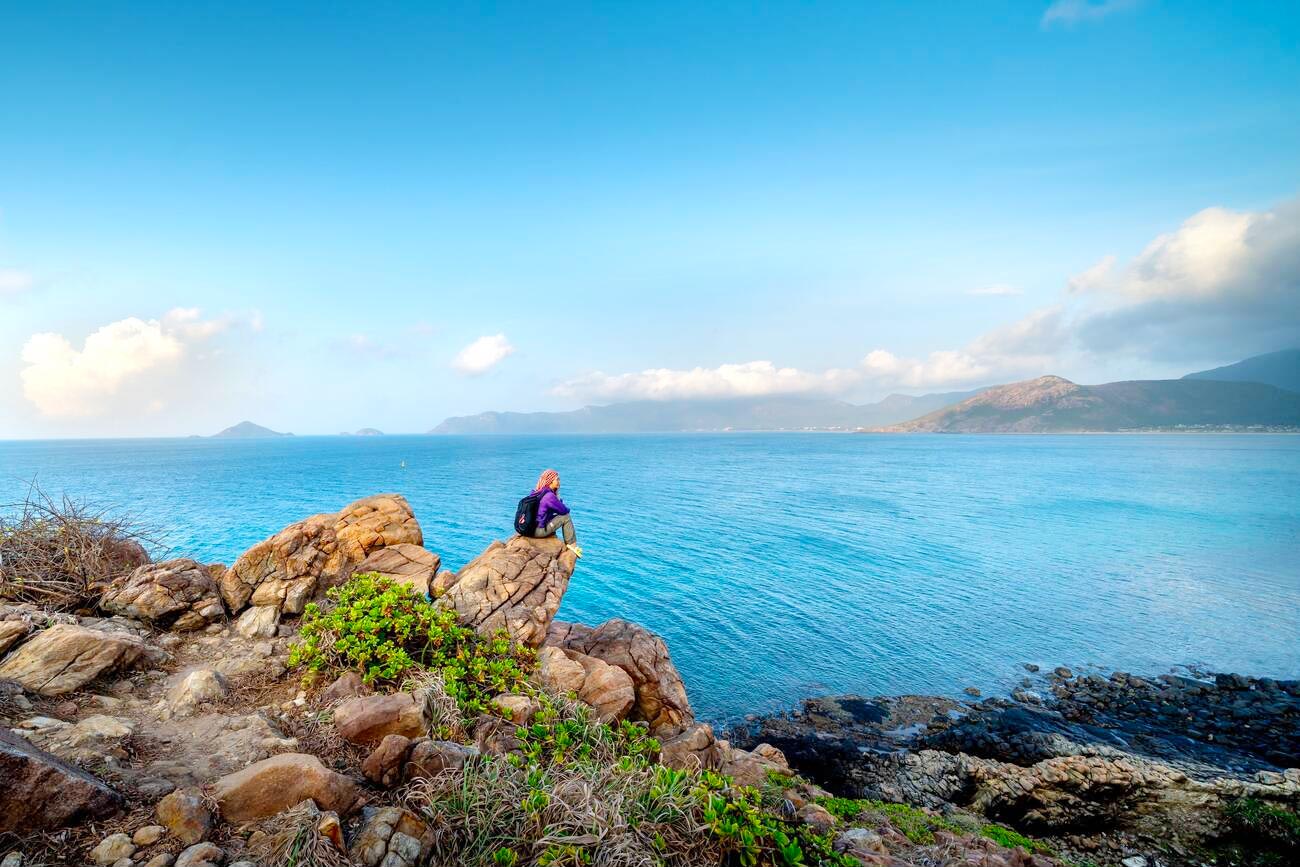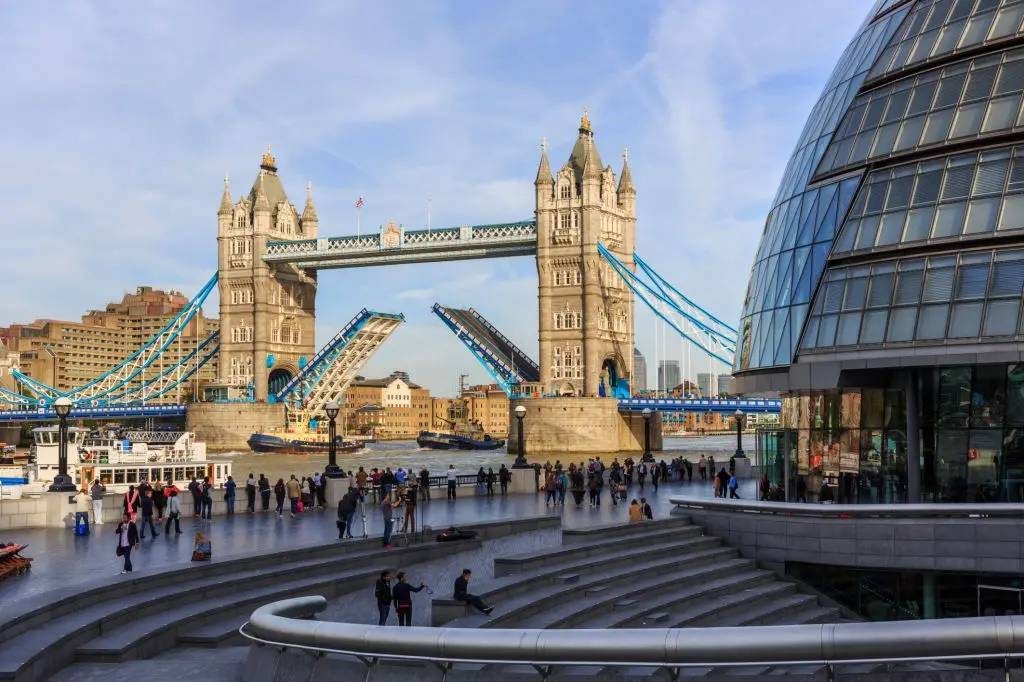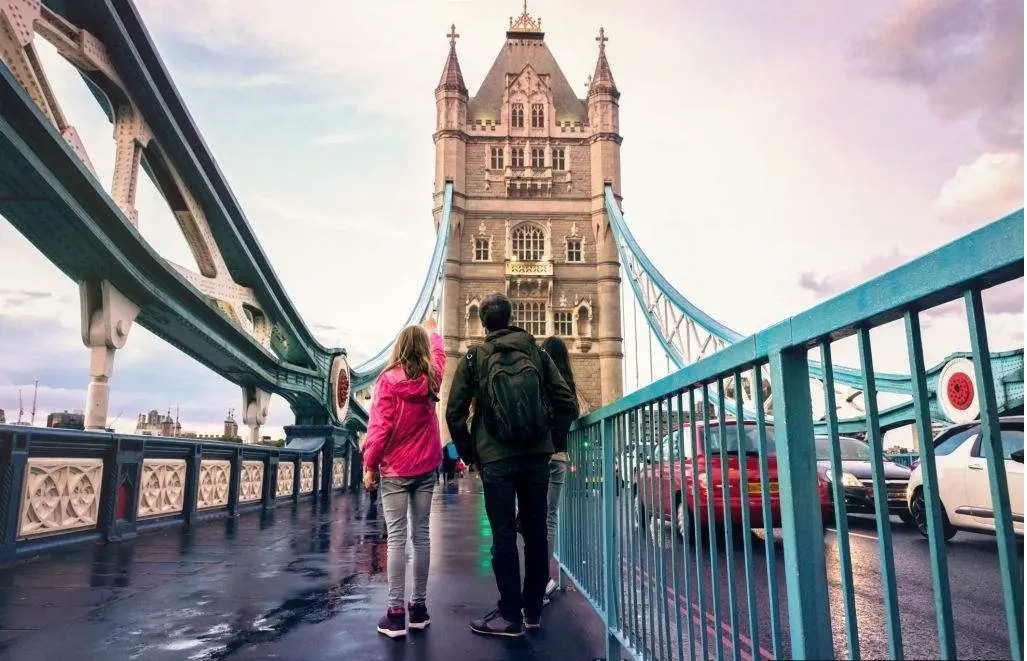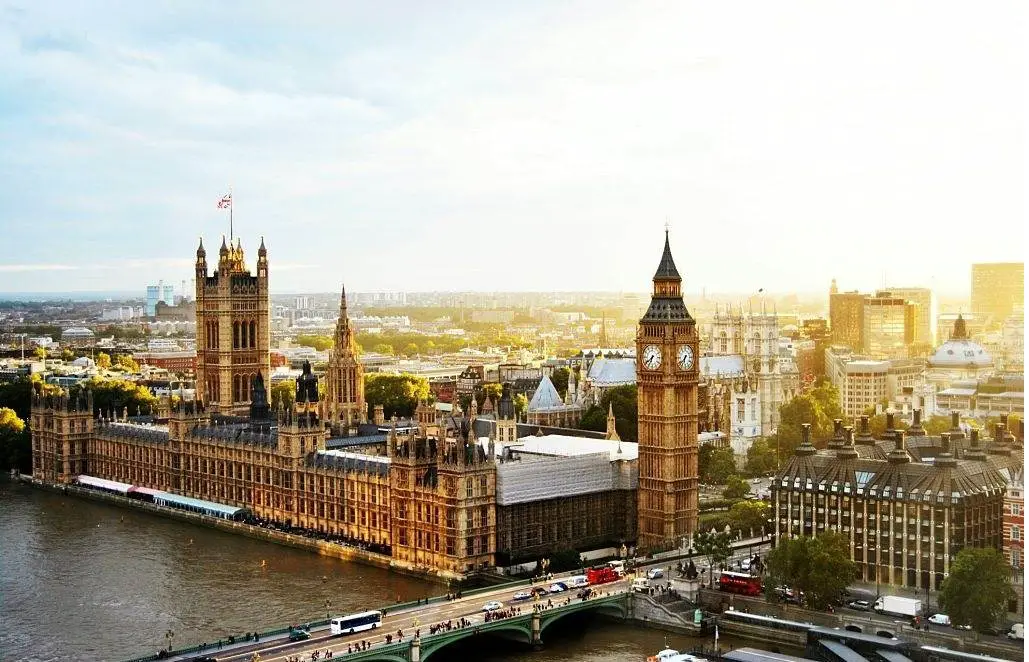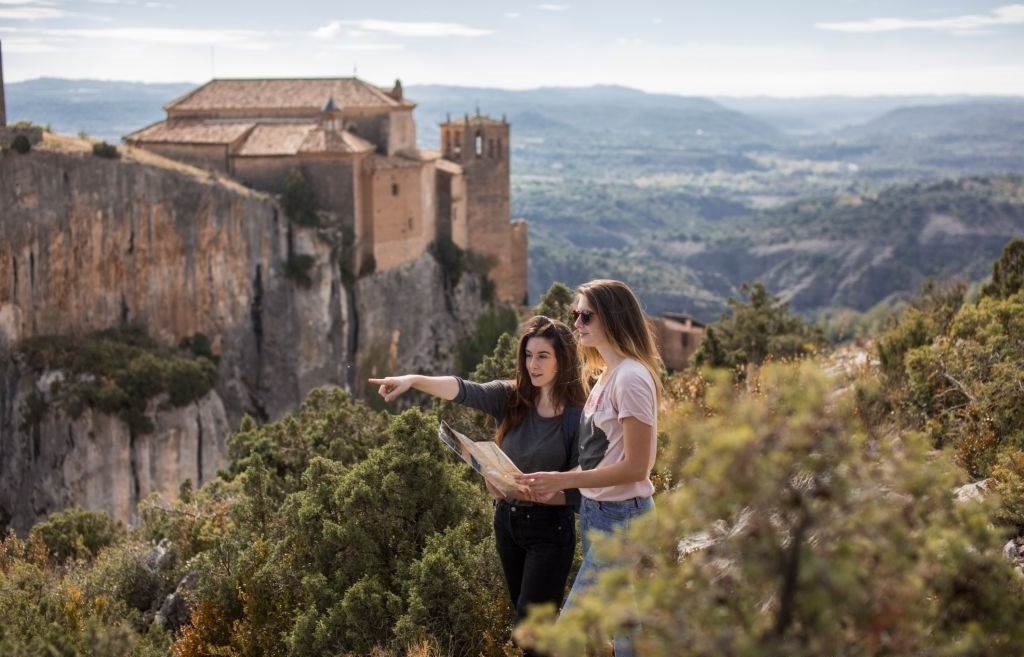Summary
- Visitors uncover centuries-old traditions and craftsmanship, forging meaningful cultural connections in Dzay Ethnic Minority Villages.
- Immersive activities, guided treks, and homestays highlight communal life, timeless rituals, and vibrant local markets.
- Optimal seasonal visits enhance vivid scenery, highlighting green terraces, ethnic festivals, and everyday agrarian rhythms.
- Thoughtful preparation, respectful travel etiquette, and sustainable choices ensure deeper appreciation of Dzay heritage.
- Departing leaves travelers enriched with cultural insights, authentic moments, and cherished connections that transcend boundaries.
When you step into Dzay Ethnic Minority Villages, you immerse yourself in a world where cultural legacy intermingles with breathtaking natural landscapes. Age-old traditions and the careful stewardship of ancestral wisdom define this place. The Dzay people, known for their vibrant attire and tight-knit communities, inhabit mountainous regions in northern Vietnam.
Visiting these villages is not just a matter of sightseeing; it’s an opportunity to understand how the Dzay’s daily life is woven seamlessly into their environment, their social structures, and the cultural patterns that persist even as modernity encroaches.
Overview of Dzay Ethnic Minority Villages
Dzay Ethnic Minority Villages are typically situated in the lush highlands, where terraced rice fields cascade down valleys like green staircases and misty peaks loom. The Dzay people are one of the many ethnic minorities in this region, each with distinct customs, language, and lifestyle. While smaller in population than other groups, the Dzay have maintained a proud sense of identity. They have their language, belonging to the Tai linguistic family, and adhere to traditions passed down through countless generations.
Their homes are often constructed of wood, bamboo, and palm leaves, blending harmoniously into the surrounding environment. Traditional Dzay architecture embraces practicality and simplicity. The houses are built to accommodate extended families and serve as hubs of domestic life and community gatherings. The villagers grow rice, corn, and vegetables on steep terraces, raise livestock, and rely on nature’s rhythm to guide planting and harvesting. This agrarian cycle, tied closely to local ceremonies and celebrations, affirms their deep connection to the land.
Visiting these villages reveals a rich tapestry of cultural expressions: patterned clothing dyed in vibrant colors, intricate silver jewelry passed down as heirlooms, and daily rituals reflecting spiritual beliefs. While some villagers have embraced tourism as a supplemental income, most maintain their traditional livelihoods, ensuring that a visit is more than a staged performance. Here, authenticity thrives, and travelers can engage with a living culture rather than a contrived display.
What to Do at Dzay Ethnic Minority Villages?
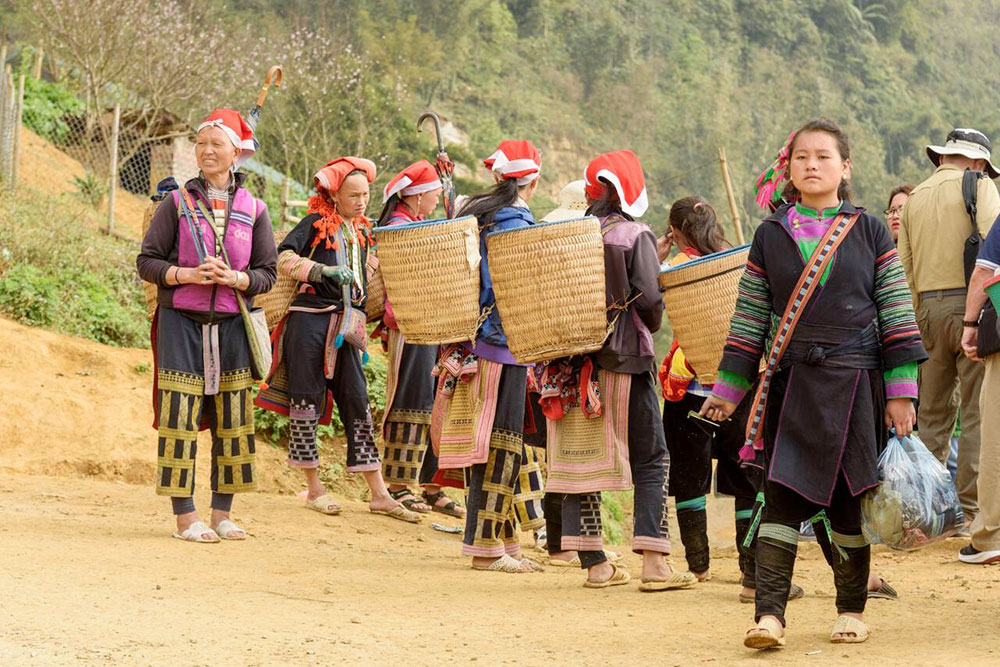
Time in Dzay Ethnic Minority Villages unfolds gently. Rather than rushing through destinations, consider adopting a slower pace. Start your journey by strolling through the village lanes, where you may encounter friendly greetings and gentle nods of acknowledgment. This is not a world of tourist traps but an invitation to respectfully observe daily life. As you pass by, you might see women skillfully weaving fabrics on wooden looms or farmers guiding water buffaloes through terraced paddies.
For those looking for more structured activities, guided treks led by Dzay locals are a worthwhile option. Intimately familiar with the terrain, your guide can show you hidden paths and scenic overlooks and explain the significance of various plants and trees. You might cross streams, navigate narrow stone steps, and marvel at panoramic views. Each step allows you to appreciate the villagers’ profound connection to their environment, understanding that the forest is not only a resource but also a historical record and spiritual backdrop.
Workshops and cultural demonstrations occasionally take place for guests willing to learn hands-on. Depending on the season, you might join villagers in planting or harvesting rice, discovering the effort and skill involved in producing the staple grain that feeds these communities. Trying your hand at traditional crafts—like weaving or embroidery—can deepen your appreciation for the meticulous artistry in Dzay textiles. Participating in a cooking session provides insight into local gastronomy: rice, vegetables, and occasionally meat dishes prepared over open flames, seasoned with simple yet flavorful herbs.
If you time it correctly, visiting a nearby market puts you amid a social hub where neighboring ethnic groups gather to trade goods, share news, and enjoy a sense of community. Observing these interactions—colorful clothing, lively bargaining, laughter, and storytelling—reveals the cultural richness that transcends individual village boundaries.
Finally, consider engaging in quiet observation. Slow down and listen to the rustle of leaves, the distant murmur of conversations, or the faint clanking of a villager’s tools. Appreciate the aesthetic of a hand-carved spoon, the weave of a basket, or the way sunlight falls across a thatched roof. In these details, the story of Dzay Ethnic Minority Villages emerges vividly.
When to Visit Dzay Ethnic Minority Villages?
Choosing when to visit Dzay Ethnic Minority Villages can significantly influence your experience. The region typically enjoys a mild climate, but the seasons impart distinct characteristics to the landscape and the rhythm of village life.
From March to May, nature awakens, and the terraces are filled with shimmering water before the rice planting begins. This period offers pleasant trekking conditions, as temperatures are moderate and rainfall is not too heavy. You may witness farmers transplanting seedlings into watery fields that reflect the blue sky. These scenes are not only photogenic but imbued with cultural significance.
Late summer into early autumn, often from August to October, is harvest season. The hills come alive with golden paddies shimmering under the sun. The entire community engages in harvesting tasks, and you may observe families working together, singing folk songs, and celebrating the completion of another agricultural cycle. This is an incredibly vibrant time, blending scenic splendor with communal festivities.
The cooler months from November to February can bring crisp air, occasional fog, and fewer visitors. Some travelers find this quieter atmosphere appealing, as it allows more intimate encounters with villagers going about their daily routines. Though temperatures can dip, layering your clothing makes it manageable, and you’ll have clearer skies, perfect for panoramic photography of distant peaks and valleys.
Summer months (June and July) may increase rainfall, making some trails muddy and more challenging. However, the lush greenery and abundance of wildflowers during the rainy season can enchant nature lovers who prefer fewer tourists and don’t mind the occasional rain shower. Ultimately, each season unveils a different facet of the Dzay world, ensuring you’ll find something meaningful to appreciate no matter when you come.
Don’t overlook this invaluable guide highlighting when to avoid heading to Vietnam and expert insights on sidestepping the most common tourism blunders.
What to Bring for Dzay Ethnic Minority Villages?
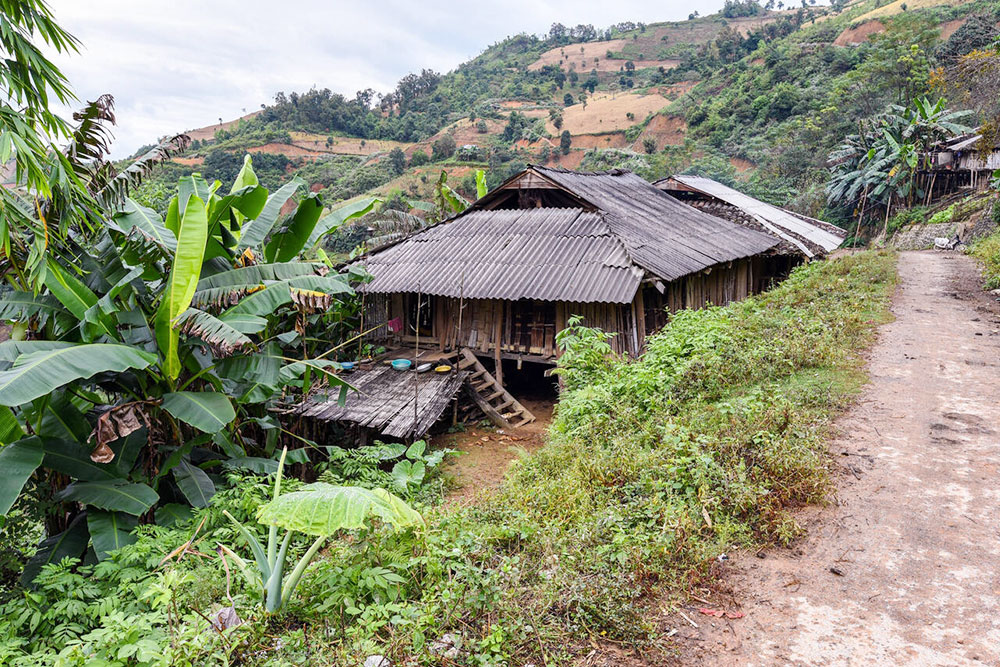
Preparation is key to making the most of your journey. The climate in Dzay Ethnic Minority Villages can shift from warm afternoons to cooler evenings, so pack layers. A lightweight jacket or fleece can keep you warm at night, while breathable clothing is essential for daytime exploration. Good walking shoes or trekking boots with sturdy grip are a must. The terrain is often uneven, and you’ll appreciate the extra support and comfort.
Don’t forget sun protection. A wide-brimmed hat, sunglasses, and sunscreen will serve you well, especially when the terraces reflect bright light in the sunnier months. Insect repellent can be helpful, especially near forested areas or after rainfall. For those interested in photography, ensure you have waterproof bags or cases for your equipment—occasional rain showers or morning mist might surprise you.
A reusable water bottle reduces plastic waste and hydrates you while walking through the landscape. Consider bringing a small notebook and pen to jot down local words, stories, or reflections on what you learn. If you plan to engage in workshops—such as textile weaving—pack light gloves or ask if these are provided.
Most importantly, leave space in your bag for souvenirs. Purchasing handicrafts directly from villagers supports their livelihoods and gives you a meaningful keepsake of your time in Dzay territory. Woven fabrics, baskets, or small carvings carry the memory of the person who made them and the place where they originate.
How to Get Dzay Ethnic Minority Villages?
Reaching Dzay Ethnic Minority Villages often involves a journey through Vietnam’s northern highlands. If starting from Hanoi, the country’s capital, consider taking an overnight train or bus to the gateway town of Lao Cai. Sapa is a short drive away from Lao Cai, and many Dzay villages can be reached from the Sapa area by car, motorbike, or on foot with a local guide. Some villages are within trekking distance; others might require a short private or shared taxi ride.
For those coming from elsewhere, internal flights to Hanoi are frequent, and from there, the train to Lao Cai offers a scenic route. Some travelers book organized tours, including transportation, accommodation, guides, and meals. While this can simplify logistics, traveling independently allows more flexibility in choosing where and when to stop.
If you opt for public transport, remember that local buses and minibusses may run irregularly. Patience and adaptability are essential. Hiring a reputable guide or partnering with a well-reviewed tour operator can help ensure a smooth journey, leaving more time and energy for immersion in the culture rather than navigating logistical challenges.
Essential Travel Tips for Dzay Ethnic Minority Villages
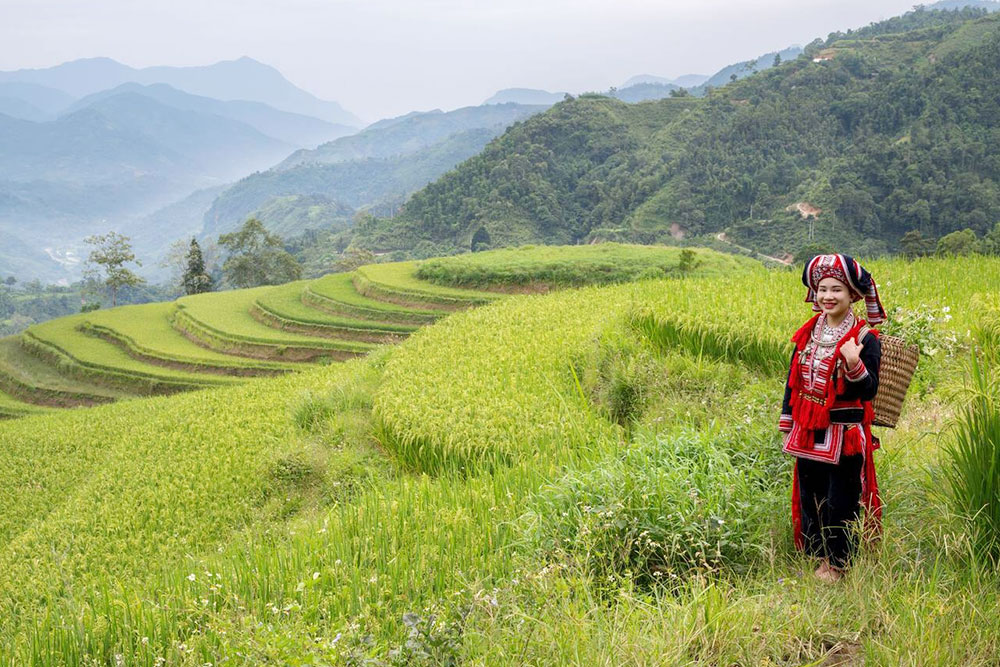
Cultural sensitivity and open-mindedness are perhaps the most valuable traits you can bring on your visit. Before you arrive, learn a few Dzay greetings or phrases, if possible. Even simple attempts to communicate in the local language can break barriers and foster goodwill. When photographing people, always ask permission first. Most villagers are friendly and welcoming, but respecting their privacy and agency is crucial to maintaining a positive atmosphere for residents and visitors.
Dress modestly and in comfortable clothing suitable for village life. While there’s no strict dress code, showing too much skin or wearing very revealing attire may be inappropriate in traditional settings. Remember that certain practices and customs may differ significantly from what you’re used to. Patience and observation are your best tools. Instead of rushing to form judgments, try to understand the reasoning behind customs—rituals connected to ancestral spirits, communal decision-making processes, or the cyclical nature of agricultural work.
Support sustainability by minimizing waste. Dispose of litter properly or carry it out if no suitable bin is available. Avoid handing out candies or small gifts to children without permission from their parents, as this can create dependency and disrupt local social structures. Instead, contribute positively by purchasing locally made products or paying a fair price for a local guide’s services.
When it comes to food, don’t hesitate to try local dishes prepared at homestays or small eateries. Meals are often simple and wholesome and reflect the produce grown in the fields around you. Polite curiosity about ingredients and cooking methods demonstrates respect for the hosts and their culinary traditions.
Finally, don’t just skim the surface. Take time to sit and listen if someone shares a story. Observe the intricate patterns on a garment or the arrangement of items in a family home. Seek to understand how the Dzay navigates the challenges of preserving their identity in a rapidly changing world. You’re not just a traveler passing through; you’re a guest invited into a living culture. Embrace the opportunity to learn, appreciate, and honor what you discover.
Conclusion
Leaving Dzay Ethnic Minority Villages often means carrying more than a camera full of scenic photographs. It involves a deeper understanding of how communities thrive amid natural beauty and cultural continuity. Perhaps you’ll remember the gentle hum of chatter at dawn, when villagers gather before starting daily tasks, or the distinctive laughter of children playing on a hillside path.
These villages serve as windows into a way of life where tradition and environment remain intertwined. As modern influences seep in, the Dzay uphold values of family, community cooperation, and respect for ancestral knowledge. Travelers fortunate enough to experience this culture firsthand can return home enriched, not only by what they’ve seen but also by what they’ve felt—a shared humanity that transcends language barriers and cultural differences.
The legacy of Dzay Ethnic Minority Villages endures in each encounter, each handmade textile, each story patiently told. Their world invites you to pause, acknowledge the tapestry of human existence, and realize that, despite the miles and differences between us, there are universal threads of resilience, kindness, and wonder that weave us all together.
Ultimately, make sure you reserve one of our comprehensive Vietnam holidays. This opportunity goes beyond ordinary sightseeing to envelop you in the nation’s authentic cultural traditions, from learning the art of Vietnamese cooking to savoring its world-famous coffee and discovering the striking natural beauty found in places like the misty mountains of Sapa and the tranquil shores of Phu Quoc.

